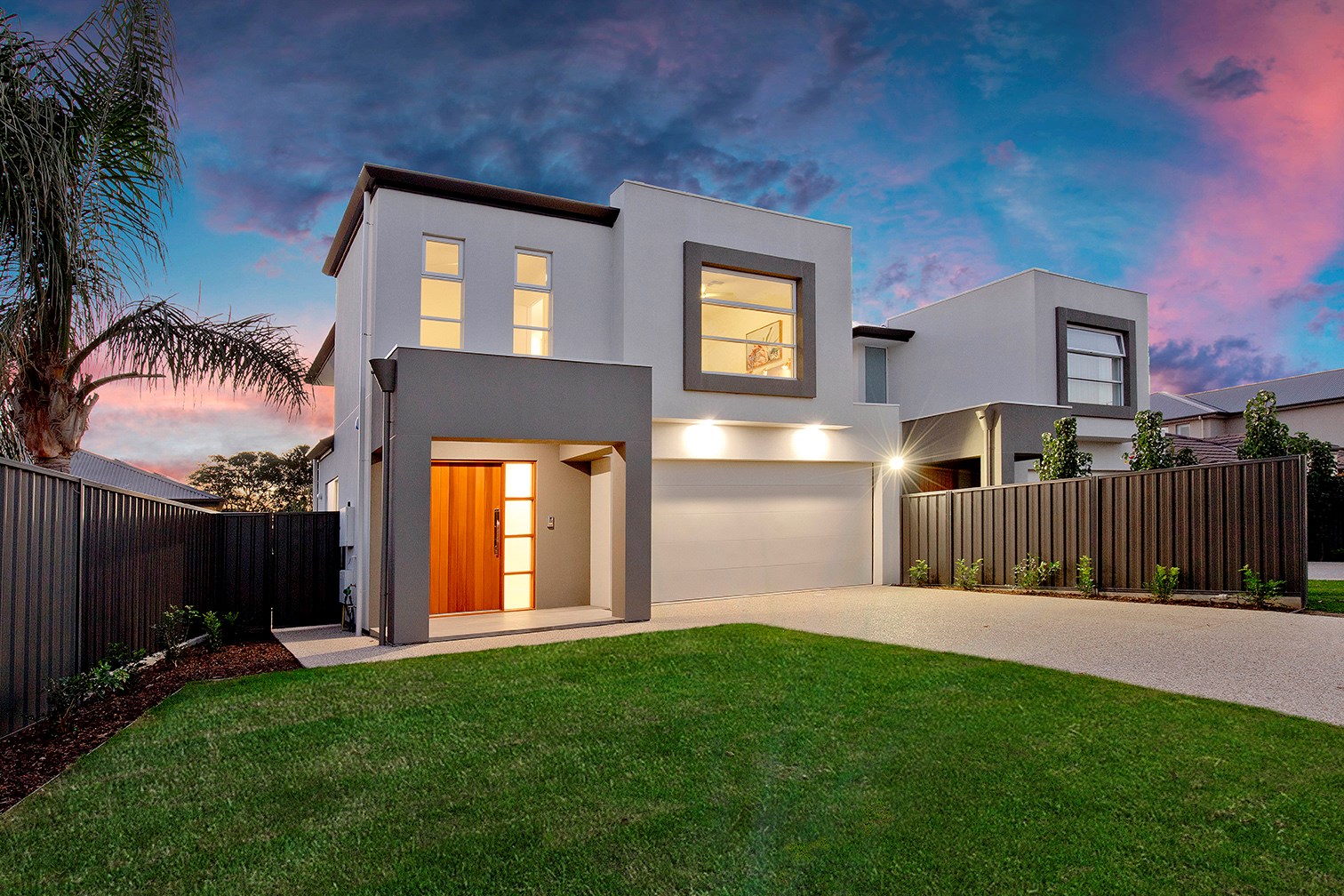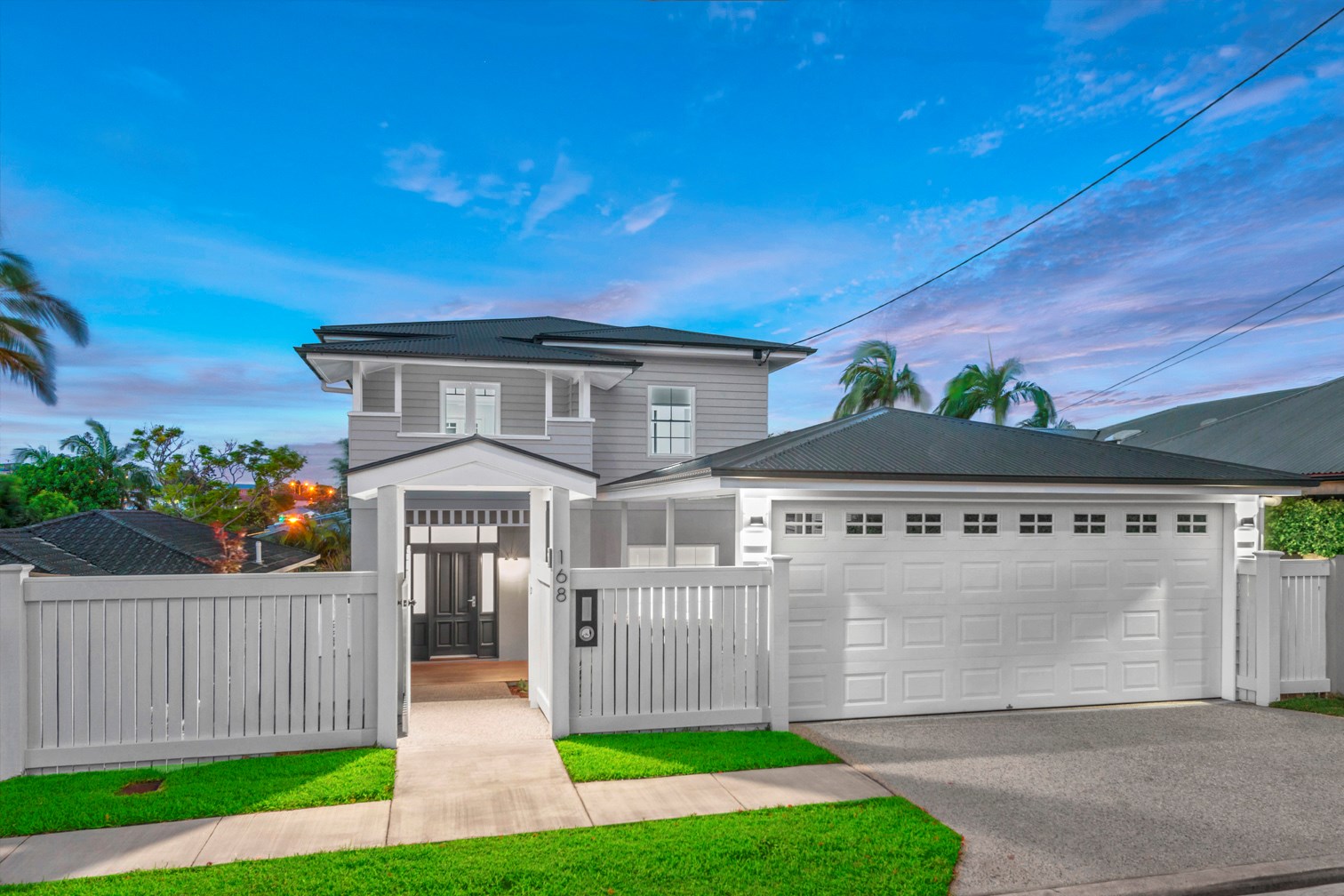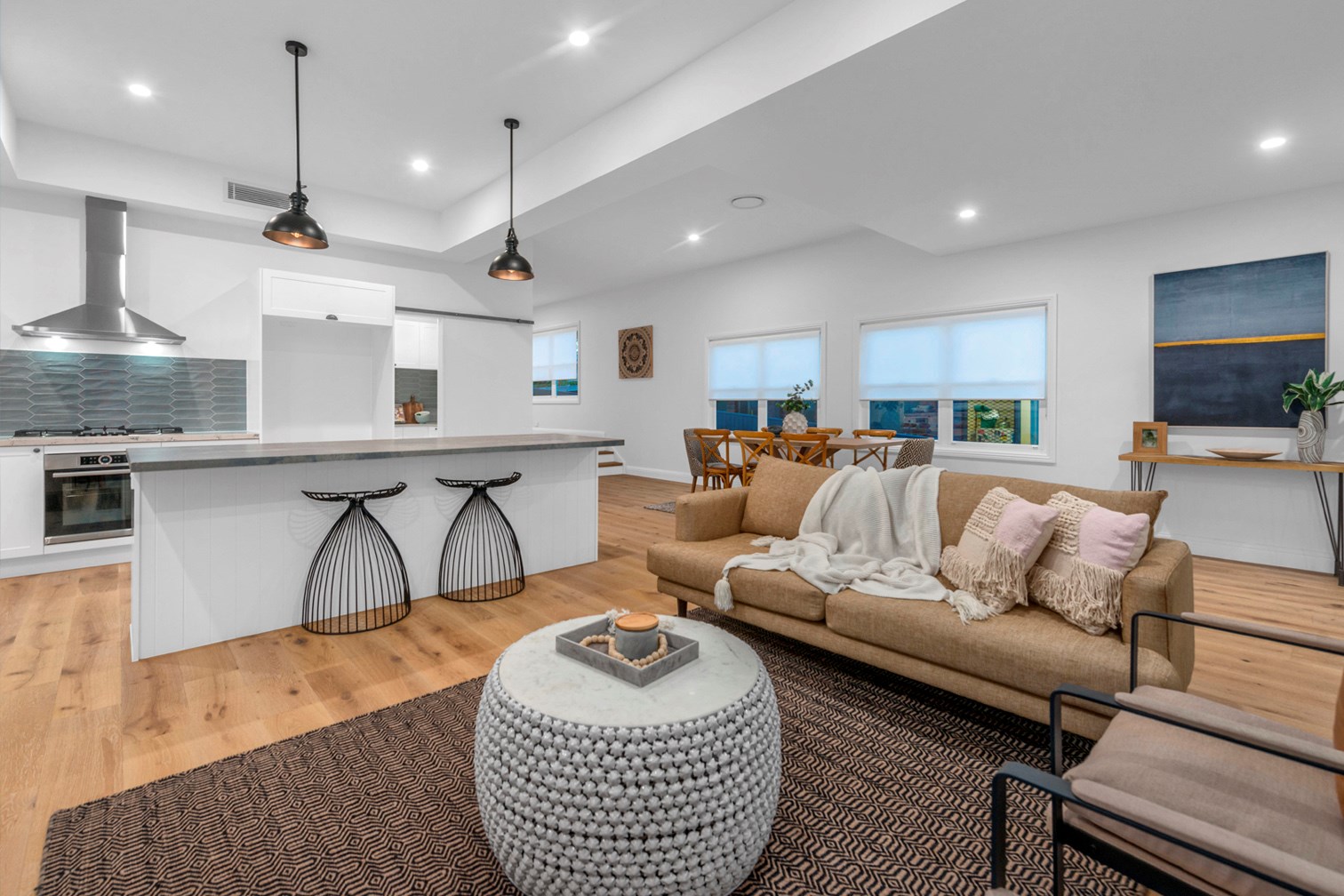|
|
Super fund Superestate buys
detached
homes for rental
New superannuation fund Superestate is closing on its third house purchase in Adelaide, as the fund kicks on with plans to institutionalise investment in rental housing.
Superestate has focused on a direct property strategy rather than investing in real estate investment trusts or other property funds since starting up last March. Its strategy is another step towards the establishment in Australia of a multi-family or build-to-rent sector where larger corporations or institutions are the landlords of rental housing rather than mum-and-dad investors.
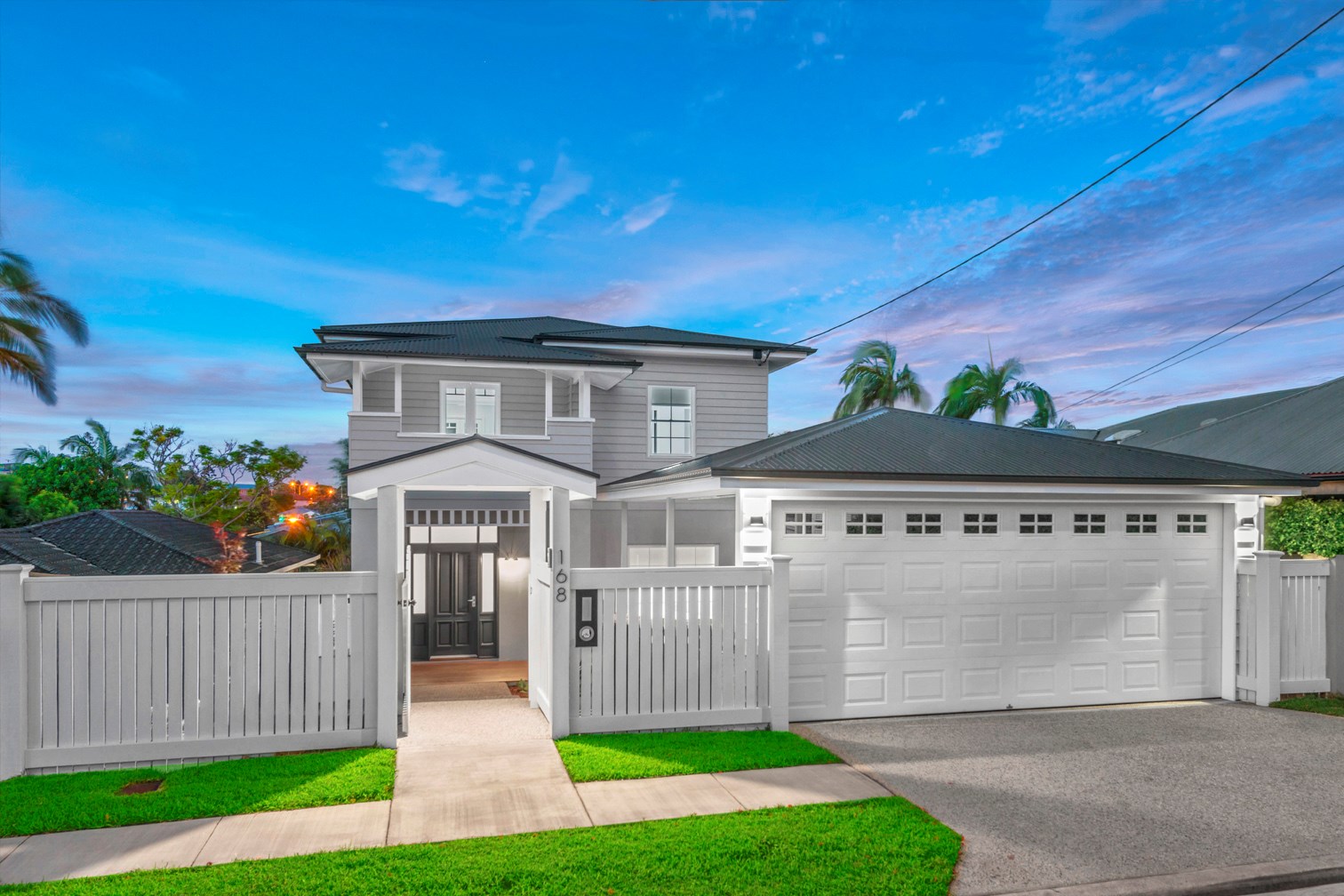
The super fund has three detached rental homes in Brisbane, Sydney and soon Adelaide and will soon consider one-line apartment purchases or outright unit blocks.
With the build-to-rent sector still emerging in this country, groups such as First State Super and Lendlease are focusing on other markets including the US. With large mandates of capital to deploy, buying individual homes is tedious for much larger players' funds but not for small funds like Superestate. It is also spared the pressure of making big returns immediately, chief executive Grant Brits said.
"Property performs best when it viewed as a long-term investment so this makes investing superannuation in residential property a very natural fit," Mr Brits said.
"Institutionalising residential property investment through superannuation has benefits for both investors and tenants; long-term investors can invest through short-term cycles which create opportunities and tenants benefit from having stable and predictable landlords."
With this thinking, the fund now has more than 1000 members and is heading towards a size of $50 million in funds under management by the end of 2019. It has flows of about $4 to $5 million from members each month.
The houses that Superestate has bought so far are in popular suburbs including the $1.755 million three-bedroom tri-level designer home at 63 Stafford Street in Stanmore, inner west Sydney. That home is leased for $1250 a week and offers a gross yield of 3.71 per cent.
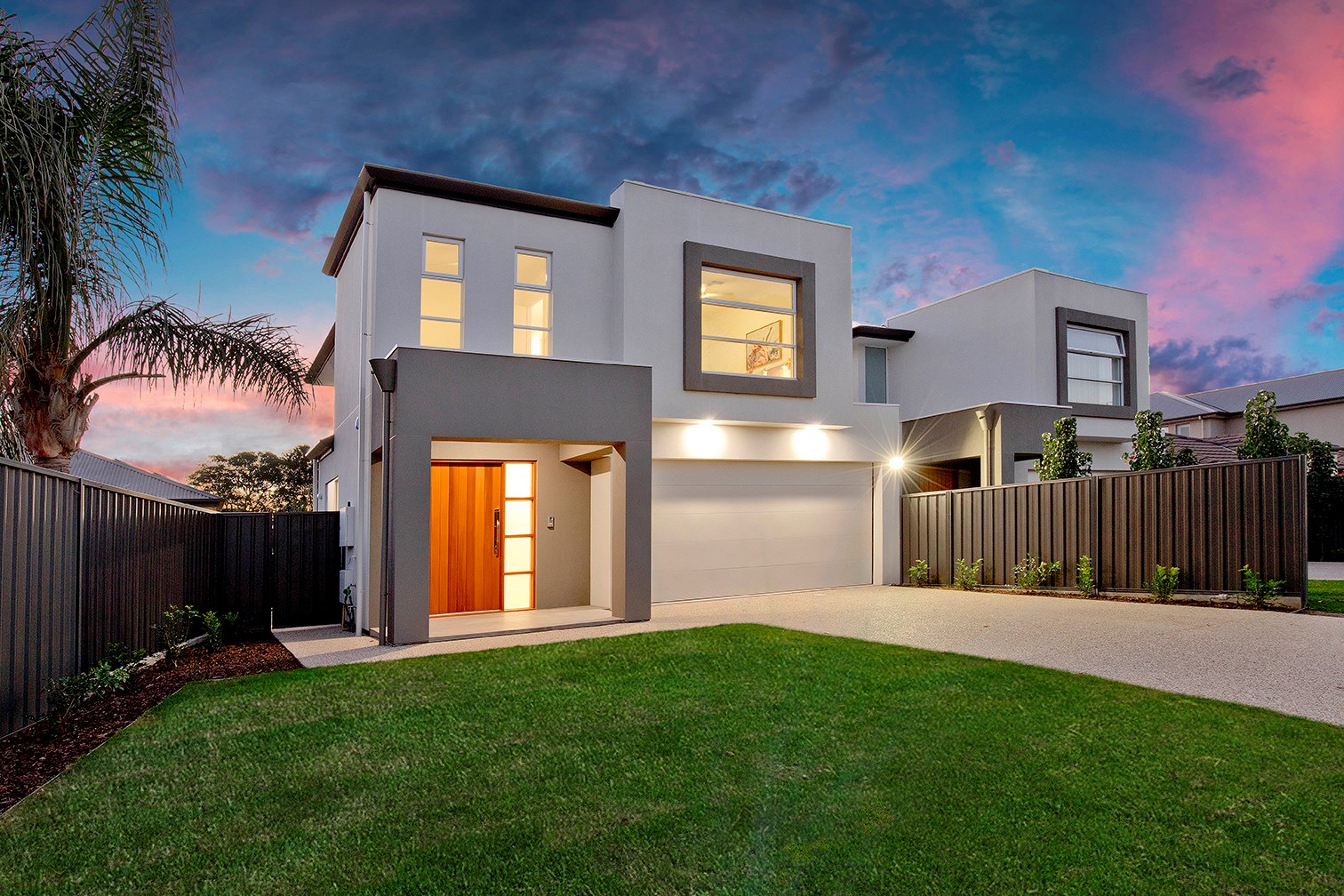
In Brisbane, it is leasing the family home at 168 Mcilwraith Avenue, Norman Park which it purchased for $1.325 million in April. The weekly rent on the house is $1100 or a gross yield of 4.33 per cent. The Adelaide home at 2 Borthwick Street, Henley Beach it was settling next week was purchased for $900,000. It is being marketed at a weekly rent of $770 to $800.
Homes are being managed by independent property managers. Superestate is running the ruler over several properties in Melbourne, Perth and Canberra.
The maximum direct property exposure for a member is 50 per cent through its Growth Property investment option. Two other options are at 25 and 10 per cent exposure. The rest of a member's money is invested in other standard assets such as Australian equities through its partners Macquarie and Vanguard.
Mr Brits said returns to a member would be a combined effect of the properties' rental income, capital growth and performances of non-property investments. The group also raised $2 million this year, with boutique private equity group Aura Capital as one of the main investors.
Click hereto view this article on The Australian Financial Review's website.
Su-Lin Tan reports on housing, commercial real estate and property finance. She also covers China and Asian business, trade and politics.
Before rolling your super into Superestate, you should check with your other funds to see if you will lose any insurance entitlements and if any exit fees apply.



